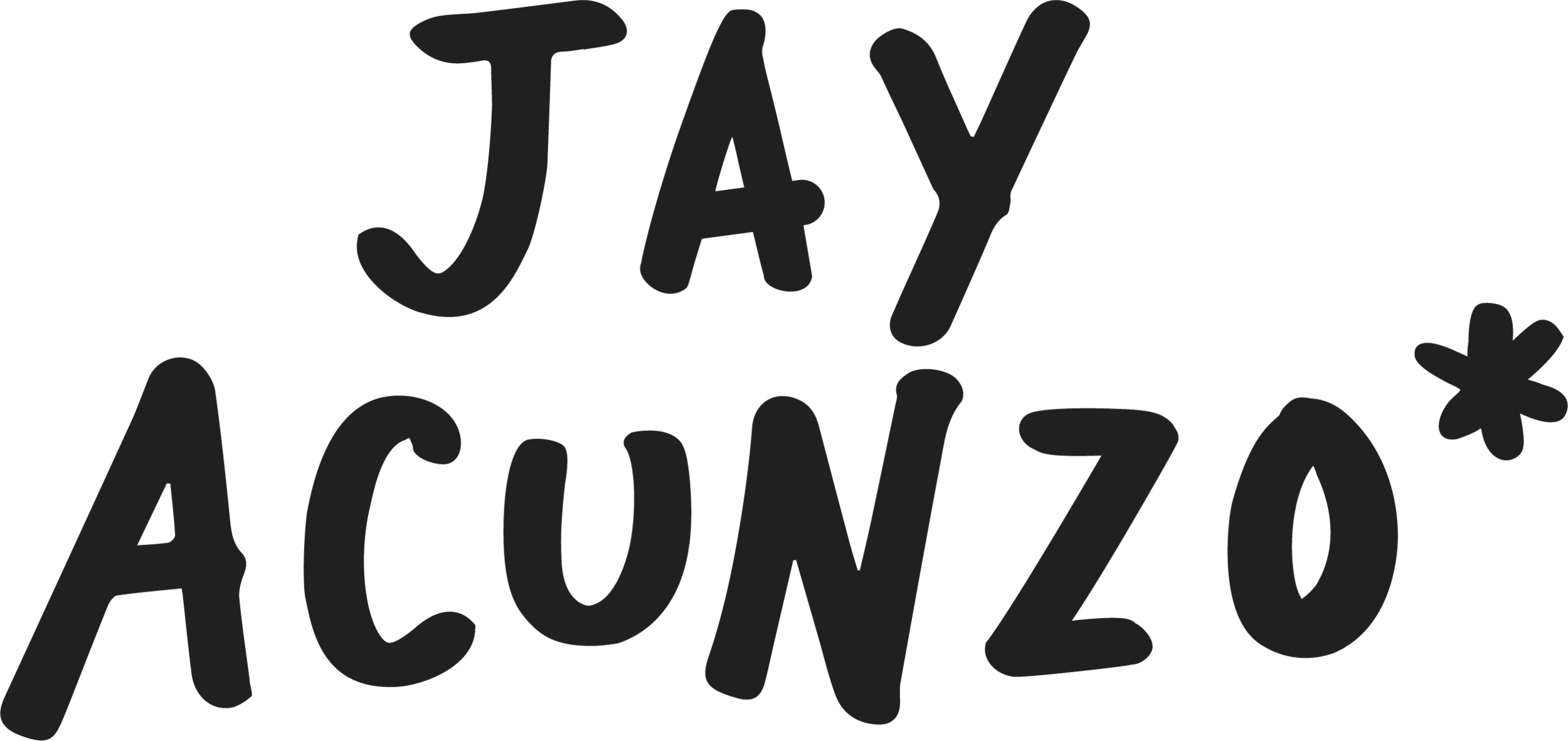What it is: A 20-part narrative podcast built in partnership with Drift, exploring how and why a handful of B2B companies decided to invest in their brand and customer experience, after decades of “brand” being a dirty word in B2B. Go inside companies like Zoom, Twilio, Gusto, InVision, SparkToro, First Round Capital, and more.
Why it exists: To elevate the importance of creativity, serving customers, and building brands that make a difference, especially in a category of companies (B2B) that historically felt stale.
INSIDE THE PRODUCTION:
The hardest part of this series was securing the 3 voices per episode. Originally, my intent was to feature a given brand’s customer (can’t do a show about serving customers without actually hearing from customers) followed by a practitioner and an executive. Time constraints and resources definitely challenged this approach throughout the series run, as you’ll hear.
I’d always wanted to create a segmented interview, laced with narration around the sections. I was particularly inspired by the podcast Binge Mode (deep dissections of high fantasy like Game of Thrones and Harry Potter) in how their analysis feels more accessible and entertaining because they introduce various segments to the audience using voiceover and music.
Drift CEO and cofounder David Cancel originally approached me to host and produce this show after appearing on my podcast, Unthinkable. At the time, Drift was starting to build a network of business podcasts and asked me to be the first external voice to create a show.
What it is: A 7-episode pilot series, built in partnership with Podia, which seeks to demystify the creative process from world-class creators. Guests included Chase Jarvis, the CEO of CreativeLive and award-winning photographer, Joy Cho, lifestyle entrepreneur and the most-pinned person on Pinterest, bestselling authors like AJ Jacobs and Ann Handley, and ASMRtist and YouTube creator Gibi.
Why it exists: We wanted to inspire more people to pursue their creative craft. It has never been a better time to try and build a business and a life through one’s creativity, but then we see all these successful creators with huge followings.
Inside the process:
The biggest challenge was to separate from all the thousands of shows, blogs, and newsletters covering this space, so instead of an end-to-end discussions about our guests’ careers and their advice for others, we asked them to deconstruct ONE project from their past. They took us inside the creative process, the tough choices, the hidden moments, and how it all impacted their businesses.
This show taught me the value of focusing narrowly, either through your topic or your hook, in order to differentiate. Your topics (what you explore) and your hook (how you explore things) form your show’s premise. For this show, the topics were saturated, but the hook (deconstructing ONE project) made it an original.
I originally pitched CMO Len Markidan on this idea for a show after he and I spent several calls just ranting and raving about things like influencer marketing BS, why people don’t ship more/better work, and building businesses focused on helping others, not growth at all costs.
What it is: The show that started it all for me. As VP of Content & Community at the venture capital firm, NextView, I hosted, wrote, and produced this series, combining narration, music, sound design, and interviews. Instead of generic interviews with the biggest names in tech, we decided to own the same themes that the firm focused on when investing: the earliest, most uncertain stages. When entrepreneurs go from zero to one -- in anything -- what does that look like? As the tagline says: “creative and clever stories about how startups start.”
Why it exists: NextView is a seed-stage investor, generally known as the “nice guys” of tech investing (which they felt sheepish about, but it made me proud -- and better -- to work there). They invest in the “everyday economy,” looking for ways to invest in companies that will have an impact on the most people, designing the future we want to live in. This show was their way of building community and owning those themes in the market -- and it was my way of falling in love with the craft of running shows.
INSIDE THE PROCESS
My first-ever interview for this show was with a very busy CEO. After 90 minutes of interviewing him, with one of NextView’s partners present, I returned to the office only to find that my audio files contained no audio. (Fortunately, after some panic-searching, I found a way to fix the issue.)
Traction received press coverage from places like Fortune and Forbes after just a few episodes, none of which we pitched. It was purely because we had launched a refreshingly different show into a category (startup/VC podcasts) starved for anything other than meandering interviews with founders.
It took me $200 in hardware and software to make this show. I still use the very same tech stack today. As always, this project proved to me: it’s the chef, not the knife. Focus on craft, not fancy tech or growth hacks.



